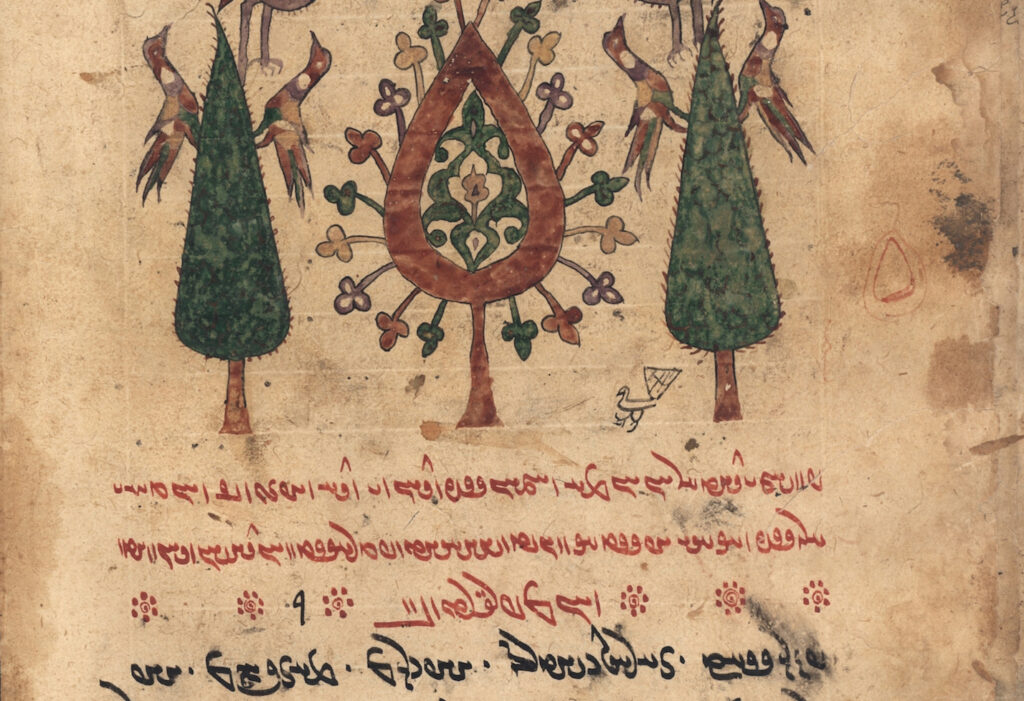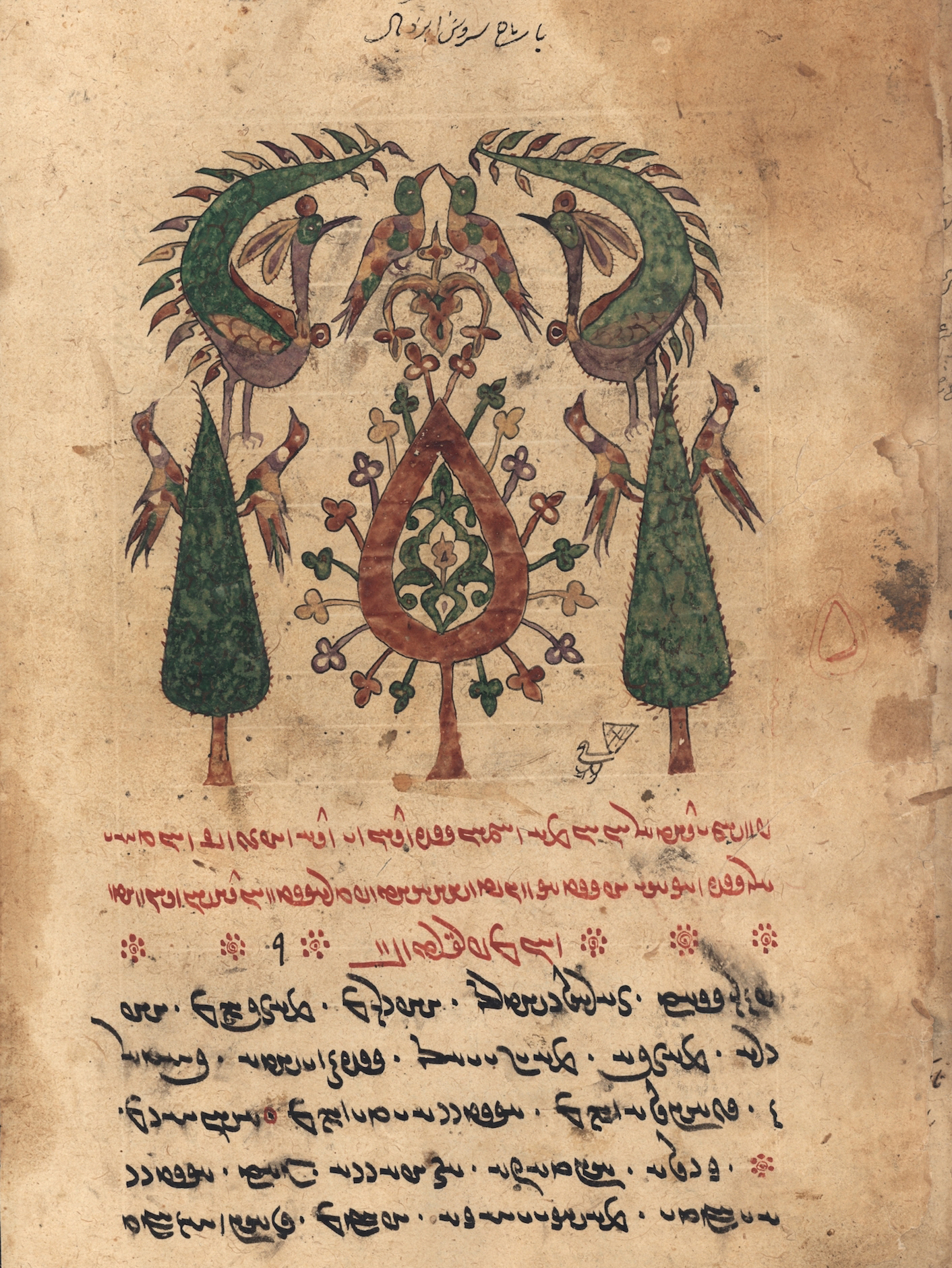
Link
Runtime
2021–2030
project participants
Principal Investigators: Alberto Cantera (Freie Universität Berlin), Øyvind Eide and Claes Neuefeind (University of Cologne), Kianoosh Rezania (Ruhr-Universität Bochum). CCeH employees: Francisco Mondaca, Moritz Esser, Malte Rudius.
Funding
Funded by the DFG as a long-term project.
Description
Middle Persian, primarily used as an administrative and common language during the Sasanian Empire (3rd to 7th centuries), was pivotal in shaping cultural and religious landscapes, acting as a linguistic and cultural bridge between the eastern and western regions of Iran from late antiquity to the early Islamic era.
The project, ‘The Zoroastrian Middle Persian: Digital Corpus and Dictionary (MPCD),’ is dedicated to creating a comprehensive corpus of Zoroastrian Middle Persian texts written in Pahlavi script. This corpus, unprecedented in its extent, includes 54 texts totaling approximately 687,000 words. It will offer transliterations and transcriptions, alongside photographic reproductions of manuscripts from the 15 oldest codices. Each text will undergo morphological and syntactic annotation, adhering to the guidelines of the Text Encoding Initiative (TEI).
Additionally, a Middle Persian-English dictionary, comprising around 7,000 lemmas, will be developed based on this corpus. Future expansions may integrate lexicon from other Middle Persian corpora. The corpus and dictionary are designed as interrelated analytical tools, with a focus on syntax and semantics, and will be integrated both functionally and technically. A web-based platform will support collaborative editing and serve as an interface for the research and analysis of these resources.
Publications
Neuefeind, Claes / Mondaca, Francisco / Eide, Øyvind / Colditz, Iris / Jügel, Thomas / Rezania, Kianoosh / Cantera, Alberto / Emanuel, Chagai (2022): “Introducing MPCD – Middle Persian Corpus and Dictionary”. To appear in: Book of Abstracts of the Digital Humanities Conference 2022 (DH2022). Tokyo, Japan. 25.07.–29.07.2022.
Neuefeind, Claes / Mondaca, Francisco / Eide, Øyvind / Colditz, Iris / Jügel, Thomas / Rezania, Kianoosh / Zeini, Arash / Cantera, Alberto / Emanuel, Chagai / Shaked, Shaul (2022): “Das zoroastrische Mittelpersische – Digitales Corpus und Wörterbuch (MPCD)”. In: DHd 2022 Kulturen des digitalen Gedächtnisses. 8th conference of the association “Digital Humanities in German-speaking countries” (DHd 2022), Potsdam. https://doi.org/10.5281/zenodo.6328117.
Picture credits
Hs. 4062 from the Mobad Mehraban Pouladi Collection, Tehran, fol. 124.
